Climate change is undeniably reshaping our world, and one surprising consequence is the way it affects our furry friends. As extreme weather events become more frequent, pet-friendly cities that once offered ideal environments for pets and their owners are now facing new challenges. From skyrocketing temperatures to increased flooding, these changes are impacting not only human lives but also the well-being of our beloved animals. Let’s explore 14 pet-friendly cities that are becoming unsafe due to climate change and discuss why this shift matters.
1. Phoenix, Arizona: A Heat Wave Haven

Phoenix has long been a paradise for pet owners, with its sunny skies and ample outdoor spaces perfect for long walks and playtime. However, the city is experiencing increasingly severe heat waves, turning those sunny days into a potential hazard for pets. According to the National Weather Service, temperatures in Phoenix frequently soar above 110 degrees Fahrenheit during summer months, presenting a serious risk of heatstroke for animals. Dogs, in particular, can suffer from overheating, as they are unable to cool themselves efficiently. In response to these changes, pet owners in Phoenix are advised to walk their dogs early in the morning or late in the evening when temperatures are cooler.
Moreover, pet-friendly parks are seeing fewer visitors during the hot months, impacting both socialization opportunities for pets and the community of pet owners. The heat not only affects outdoor play but also increases the risk of pavement burns on sensitive paws. With temperatures continuing to rise, the local government is working on initiatives to provide more shaded areas and water stations in public spaces. Yet, the challenge of keeping pets safe in such extreme heat remains a pressing concern for residents in this otherwise pet-friendly city.
2. Miami, Florida: Rising Waters and Woofs

Known for its vibrant culture and dog-friendly beaches, Miami is a dream city for many pet owners. However, rising sea levels and frequent flooding are casting a shadow over this sunny paradise. According to the National Oceanic and Atmospheric Administration, Miami is one of the most vulnerable cities to sea-level rise in the United States. This environmental change is not only threatening human infrastructure but also impacting the lives of pets and wildlife. Flooding can lead to the displacement of animals, loss of habitat, and even challenges in accessing veterinary care during emergencies.
Pet owners are finding it increasingly difficult to navigate the city during flood events, as roads become impassable and homes are at risk. This has encouraged a wave of community efforts to ensure pet-friendly evacuation plans and the establishment of pet-friendly shelters. Yet, the persistent threat of flooding means that long-term solutions are needed to protect both pets and their owners. It’s a pressing reminder of how interconnected our lives are with the environment and the urgent need for adaptive strategies to face these climate challenges.
3. New Orleans, Louisiana: Storms and Strays
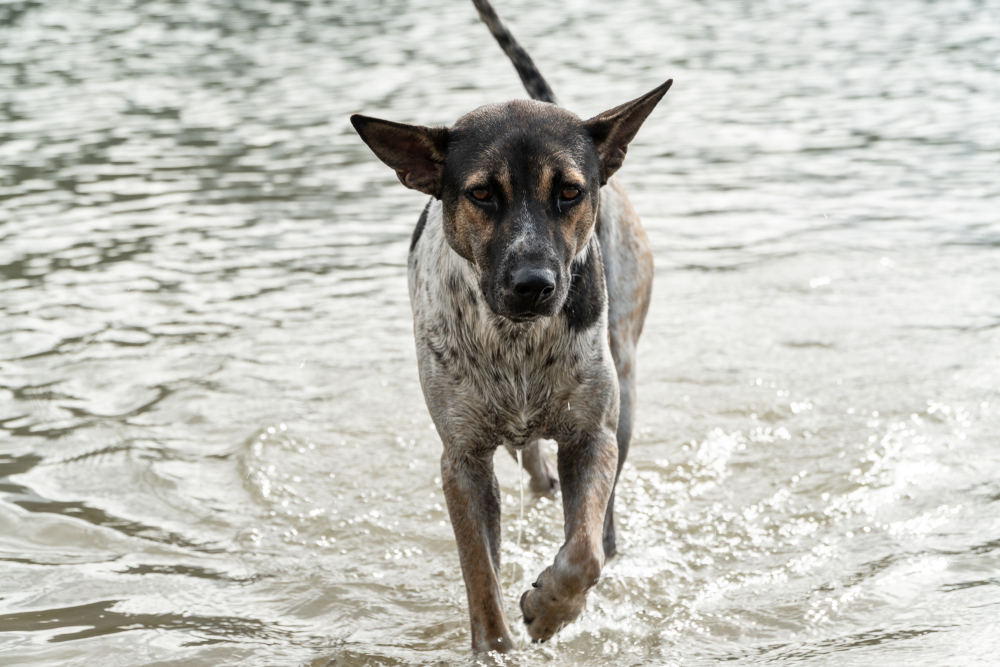
New Orleans has a rich culture of pet ownership, with its vibrant neighborhoods offering endless opportunities for pet-friendly activities. However, the increasing frequency and intensity of hurricanes are posing a significant threat to the city. According to Climate Central, the city is experiencing more intense hurricanes due to rising temperatures and warmer sea surfaces, leaving pets and their owners vulnerable during storm season. The stress of evacuations and the risk of separation from pets during such events are genuine concerns for residents.
The local community has responded by enhancing pet rescue operations and improving facilities for displaced animals. However, the unpredictability of storms makes it difficult to ensure the safety of all pets. Owners are encouraged to have emergency plans in place, including pet identification and sufficient supplies. The challenges faced by pet owners in New Orleans highlight the broader impact of climate change on family dynamics and the urgent need for resilient urban planning.
4. Denver, Colorado: Wildfire Woes
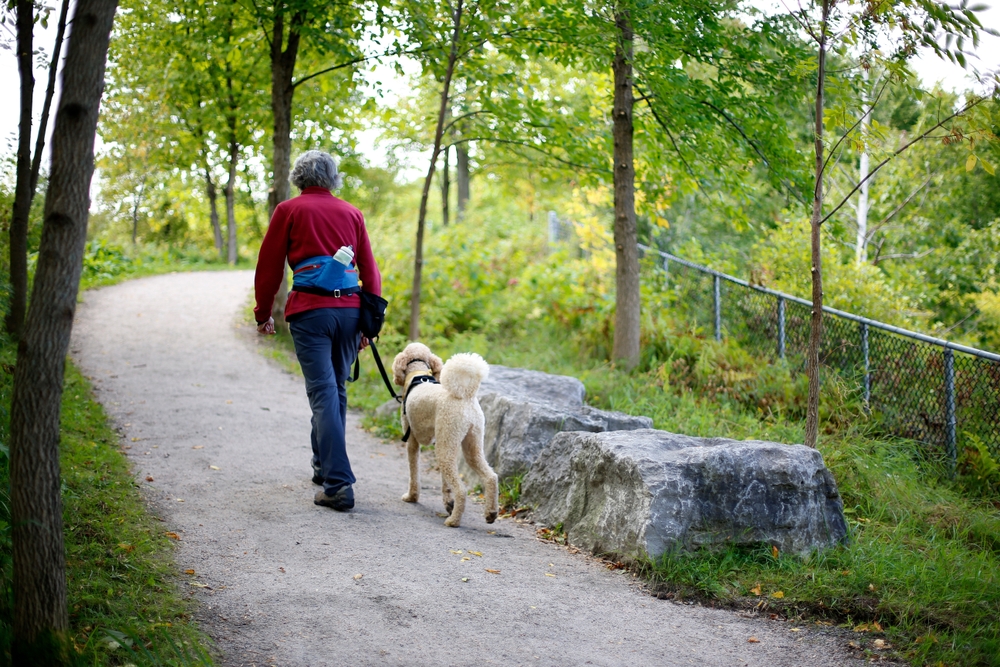
Denver has typically been a haven for outdoor enthusiasts and their pets, with its stunning landscapes and extensive trail systems. However, the increasing frequency of wildfires in the region is creating a dangerous environment for pets and their owners. Smoke and ash from nearby fires can severely impact the health of animals, especially those with respiratory issues. Pet owners are finding themselves having to limit outdoor activities and invest in air purifiers to maintain a safe environment at home.
The local government and community organizations are working to improve evacuation protocols to include pets and raise awareness about keeping animals safe during fire season. Nonetheless, the constant threat of wildfires means that pet owners must remain vigilant and prepared for rapid changes. This new reality is a growing concern for Denver residents who have long cherished their outdoor lifestyle. The situation underscores the importance of addressing climate change to protect both human and animal health.
5. San Francisco, California: Foggy and Fiery
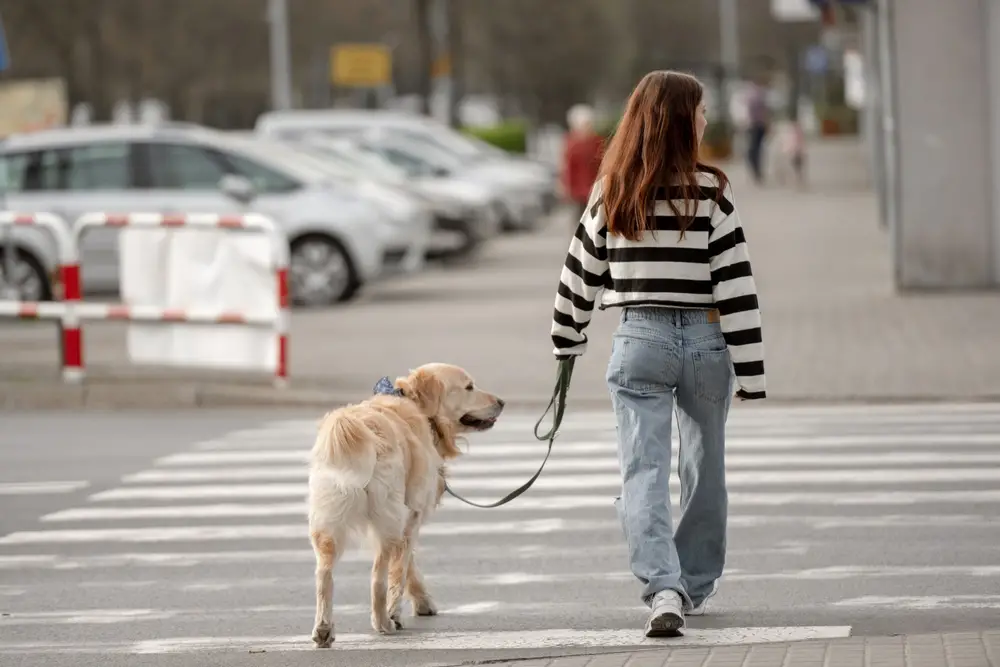
San Francisco’s unique blend of foggy mornings and sunny afternoons has made it a popular city for pets that thrive in moderate climates. However, the city is increasingly affected by the smoke from California’s devastating wildfires. These fires compromise air quality, making it difficult for both humans and animals to breathe safely. Pet owners are advised to keep their animals indoors during smoke advisories, which can limit exercise and social interaction opportunities.
The community has been proactive in offering resources and guidance for safeguarding pets during smoke events, such as distributing masks for dogs and providing air quality alerts. Despite these efforts, the underlying problem of frequent wildfires poses a long-term challenge for pet-friendly living. It serves as a stark reminder of the broader environmental issues impacting everyday life. As climate change continues to alter weather patterns, the pressure is on to find sustainable solutions to protect the health and well-being of all city residents.
6. Houston, Texas: Flooded Furballs
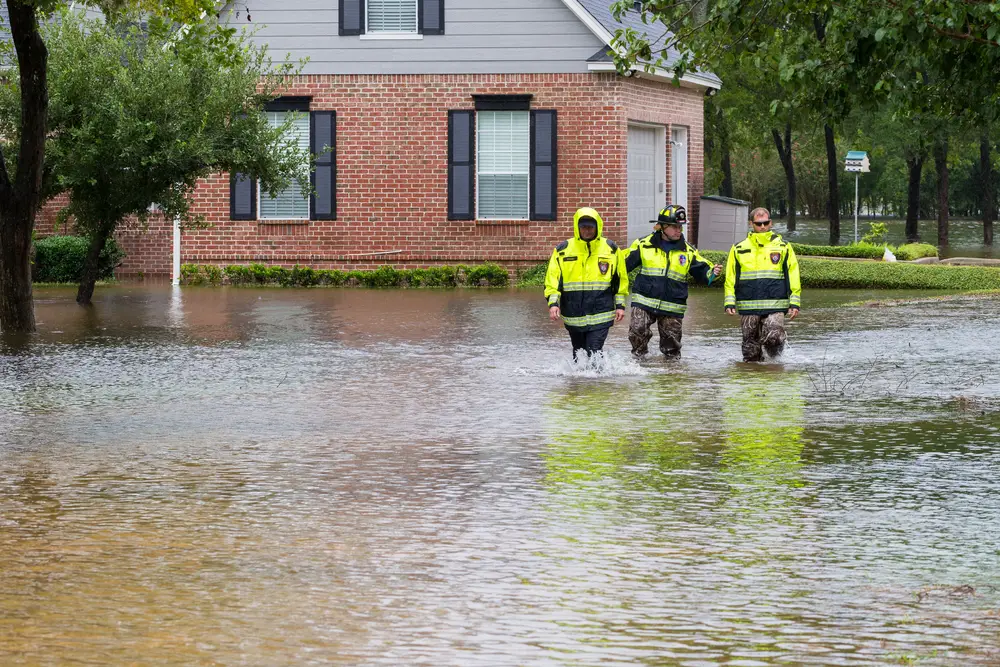
Houston is renowned for its sprawling parks and pet-friendly initiatives, making it a beloved city for animal lovers. However, the increasing frequency of severe rainstorms and flooding events is threatening the safety and accessibility of these spaces. Pets are at risk of becoming isolated at home or displaced during flood events. This can result in increased anxiety and health issues for animals who rely on regular outdoor exercise and socialization.
Efforts to improve urban drainage systems and create pet-friendly evacuation plans are underway, but the challenge persists as storms grow more unpredictable. Pet owners are encouraged to remain informed and prepared for sudden changes in weather, ensuring they have access to safe spaces for their animals. The situation in Houston highlights the need for comprehensive climate strategies that take into account the needs of all residents, both human and furry. As the city grapples with these environmental challenges, the push for climate resilience becomes all the more critical.
7. New York City, New York: Urban Heat Island Effect
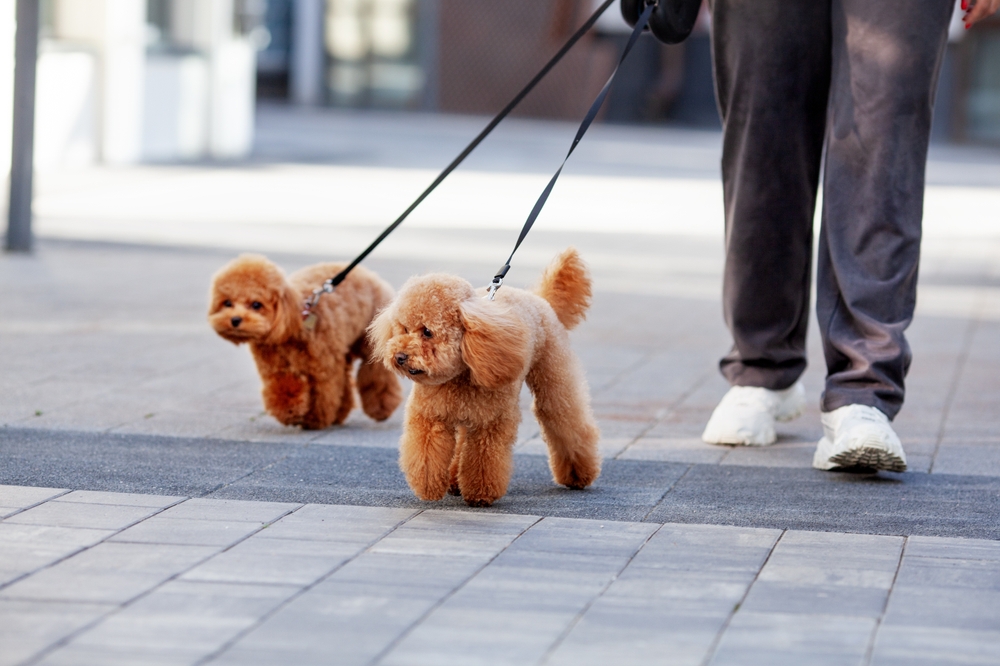
New York City, with its bustling energy and numerous pet-friendly parks, seems like an idyllic place for pet owners. However, the urban heat island effect is causing temperatures in the city to rise, impacting the health and comfort of pets. During heatwaves, the city’s concrete jungle can become a stifling environment, posing risks such as heat exhaustion and dehydration for animals. Owners are finding themselves needing to take extra precautions, such as providing constant access to water and avoiding asphalt during peak heat.
Local authorities are working on expanding green spaces and implementing cooling measures to help mitigate the effects of extreme heat. However, the challenge remains in balancing urban development with the need for natural cooling solutions. This predicament serves as a reminder of the delicate interplay between urban living and environmental health. As climate change continues to influence weather patterns, cities like New York must innovate to ensure a safe and pleasant environment for all residents.
8. Seattle, Washington: Rainfall Repercussions

Seattle’s reputation as a rainy city is well-known, but climate change is intensifying these conditions, leading to increased rainfall and flooding. While many pets enjoy a bit of rain, the sheer volume and frequency of storms can disrupt daily routines and limit outdoor activities. Owners are finding it difficult to maintain regular exercise schedules, which can affect the physical and mental health of their pets. Moreover, excessive moisture can lead to complications like mold and mildew in homes, posing additional health risks.
Community initiatives are focusing on enhancing flood management and creating more resilient urban infrastructure. Despite these efforts, the persistent rain challenges Seattleites to adapt their lifestyles and find creative ways to engage their pets indoors. This evolving situation highlights the broader impacts of climate change on urban environments and the importance of developing adaptive strategies. As the city navigates these changes, the resilience of both people and pets will be tested.
9. Las Vegas, Nevada: Desert Dilemma

Las Vegas is known for its dry climate and ample sunshine, making it a preferred locale for many sunshine-loving pets. However, the intensifying heat and prolonged drought conditions are presenting new challenges for pet owners in the city. With temperatures frequently exceeding 100 degrees Fahrenheit, the risk of overheating and dehydration for animals is significant. Pet-friendly spaces are becoming less accessible during peak heat, forcing owners to rethink their routines and find indoor alternatives.
The community is responding with initiatives to expand shaded areas and improve access to water in public spaces. But the fundamental challenge of keeping pets safe in such extreme conditions remains a pressing issue. This situation underscores the complexities of living in arid climates as climate change exacerbates existing conditions. As Las Vegas continues to grow, ensuring the well-being of all its inhabitants will require innovative approaches to urban planning and resource management.
10. Chicago, Illinois: Windy City Woes

Chicago’s cold winters and hot summers provide a diverse environment for pets, but climate change is influencing these seasons in unexpected ways. The city is experiencing more extreme temperature fluctuations, which can be stressful and dangerous for animals. During summer heatwaves, pets are at risk of heat-related illnesses, while in the winter, sudden cold snaps can pose a threat to their comfort and safety. Owners are finding it increasingly important to monitor weather conditions closely and adjust their pet care routines accordingly.
Efforts to expand public awareness and enhance pet-friendly amenities are helping to address some of these challenges. However, the unpredictable nature of weather patterns means that ongoing vigilance and adaptation are required. The situation in Chicago highlights the intricate relationship between climate and urban living, as well as the need for comprehensive strategies to mitigate these impacts. As the city continues to evolve, balancing the needs of its human and animal residents will be key to creating a sustainable urban environment.
11. Portland, Oregon: Smoke and Rain

Portland’s lush landscape and progressive attitude towards pets have long made it a haven for animal lovers. However, the increasing frequency of both wildfires and heavy rainfall is posing a dual challenge. Smoke from nearby fires can lead to poor air quality, making it difficult for pets to breathe comfortably and safely. Meanwhile, excessive rain leads to flooding, limiting access to outdoor spaces and impacting the overall quality of life for pets and their owners.
The community is actively working to enhance emergency preparedness and improve communication regarding air quality and flooding risks. Despite these efforts, the fluctuating conditions require constant adjustment and awareness from pet owners. Portland’s situation is a microcosm of the larger climate challenges faced by many cities, emphasizing the need for targeted interventions and resilient infrastructure. As the city navigates these environmental changes, fostering a supportive community for all its residents will be essential.
12. Austin, Texas: Heat and Hydration Challenges
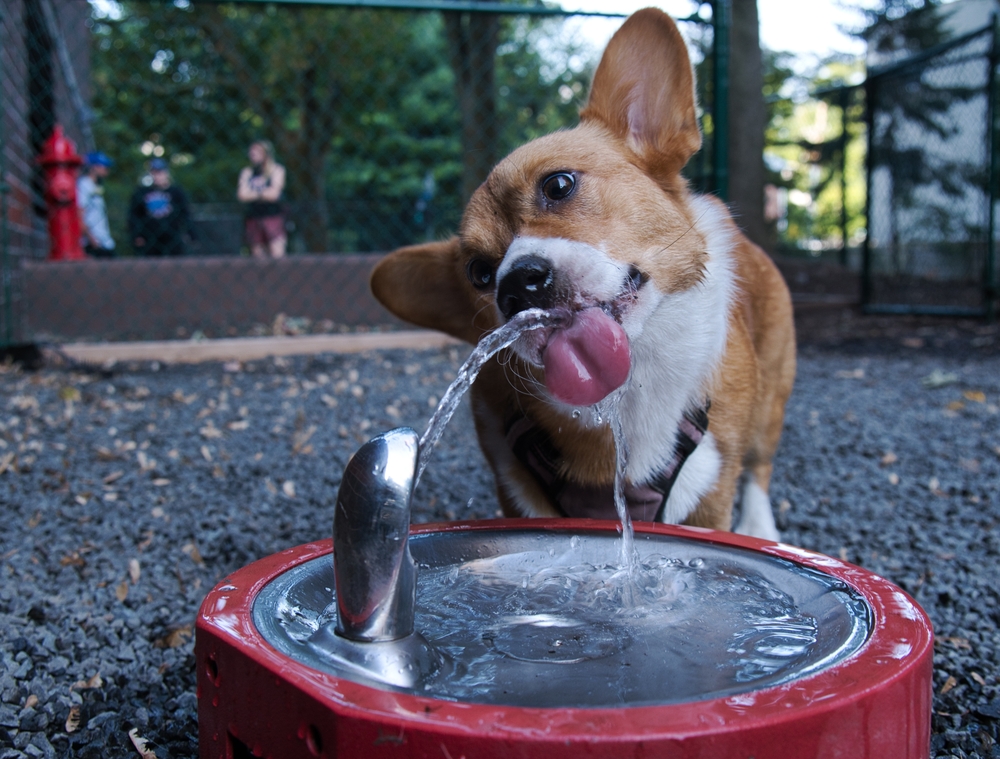
Austin’s vibrant culture and extensive green spaces make it a popular destination for pet owners. However, the city’s soaring summer temperatures and periodic droughts are creating difficulties for both people and their pets. The risk of dehydration and heatstroke is heightened during the hottest months, necessitating extra precautions from pet owners. Increasing access to shaded areas and water stations is a priority for the city as it seeks to maintain its pet-friendly reputation.
Community efforts to promote awareness and preparedness for extreme weather conditions are underway, but long-term solutions are needed to address the underlying environmental issues. The situation in Austin reflects the broader impact of climate change on urban environments and the need for targeted strategies to protect vulnerable populations. As the city continues to grow and evolve, ensuring the safety and well-being of all residents will require collaboration and innovation.
13. Boston, Massachusetts: Coastal Concerns

Boston’s coastal charm and historical significance make it an attractive place for pet owners who enjoy the outdoors. However, rising sea levels and more frequent storm surges are threatening the city’s infrastructure and natural spaces. These changes present a risk to pets, particularly during evacuation scenarios where separation and displacement can occur. Community initiatives are focused on enhancing emergency preparedness and ensuring that pet-friendly shelters are available during crises.
Despite these efforts, the persistent threat of coastal flooding remains a significant concern for Boston residents. The situation underscores the interconnectedness of urban living and environmental health, highlighting the need for innovative solutions to climate challenges. As the city continues to adapt to changing conditions, fostering a resilient community that supports all its members, human and animal alike, will be crucial.
14. Los Angeles, California: Drought and Deluge

Los Angeles is renowned for its diverse neighborhoods and pet-friendly culture, but climate change is altering the city’s landscape in significant ways. The increasing severity of droughts followed by intense rainstorms is impacting the availability and quality of outdoor spaces for pets. Drought conditions can lead to water shortages and limit access to green areas, while heavy rains can cause flooding and disrupt regular routines. Pet owners are finding it necessary to adapt to these ever-changing conditions by seeking alternative spaces and methods to ensure their pets’ well-being.
Efforts to improve water conservation and enhance the resilience of public spaces are underway, but the challenge remains significant. Los Angeles’s situation is emblematic of the broader environmental issues facing many urban areas, highlighting the need for coordinated action and adaptive strategies. As the city continues to navigate these challenges, ensuring a safe and welcoming environment for all residents, including pets, will be a vital component of its ongoing sustainability efforts.
